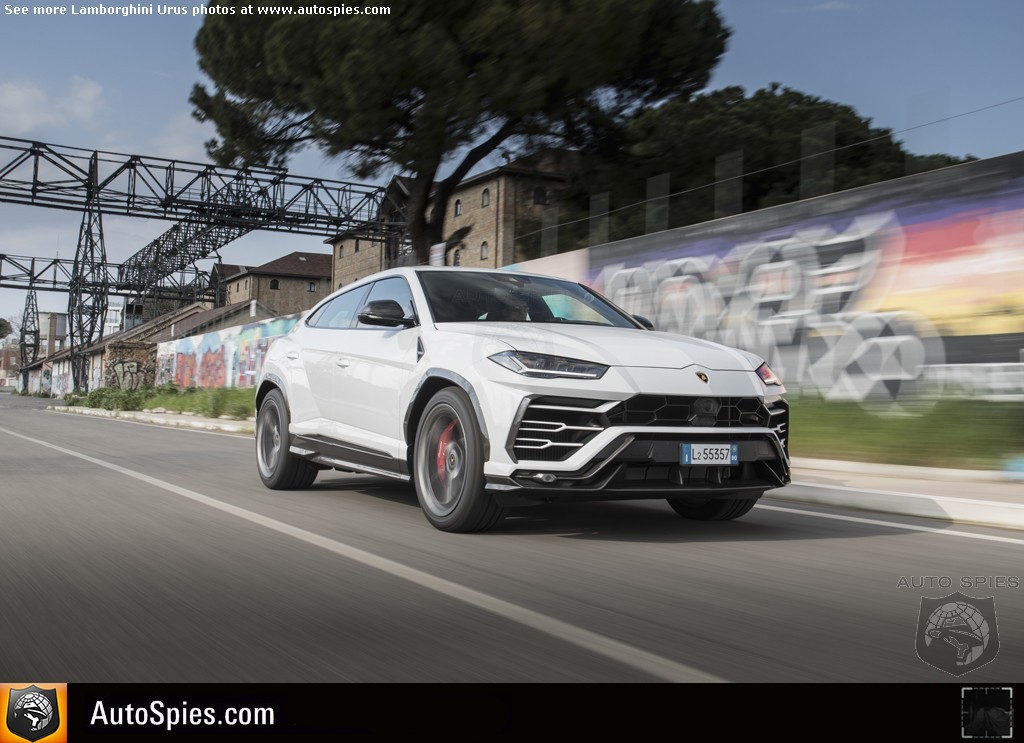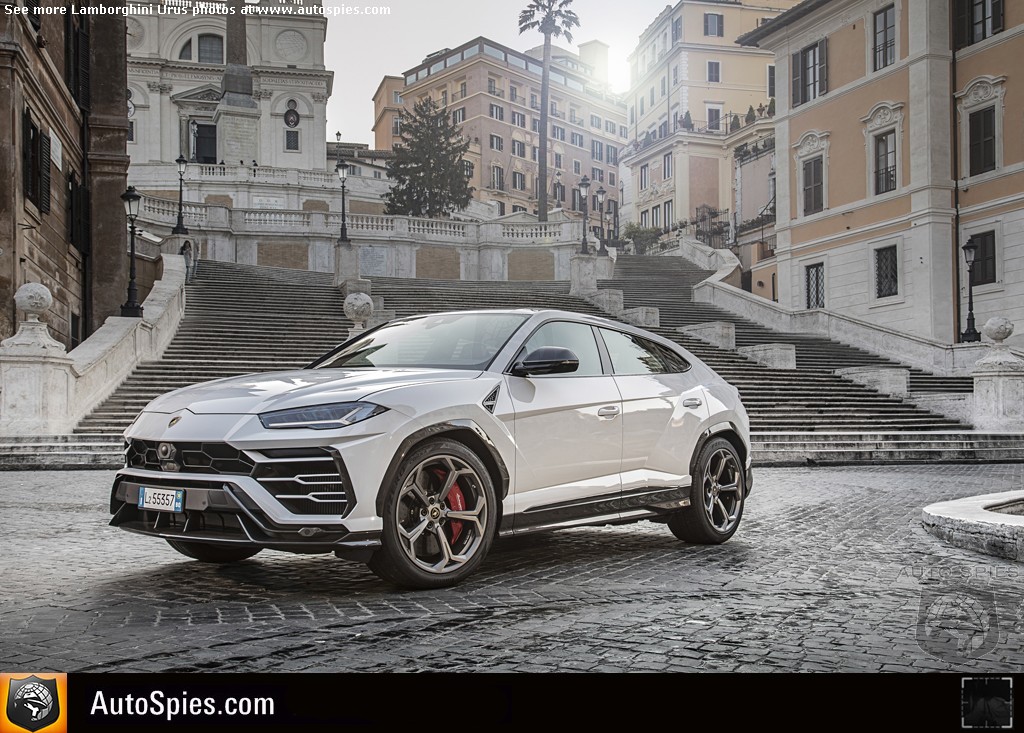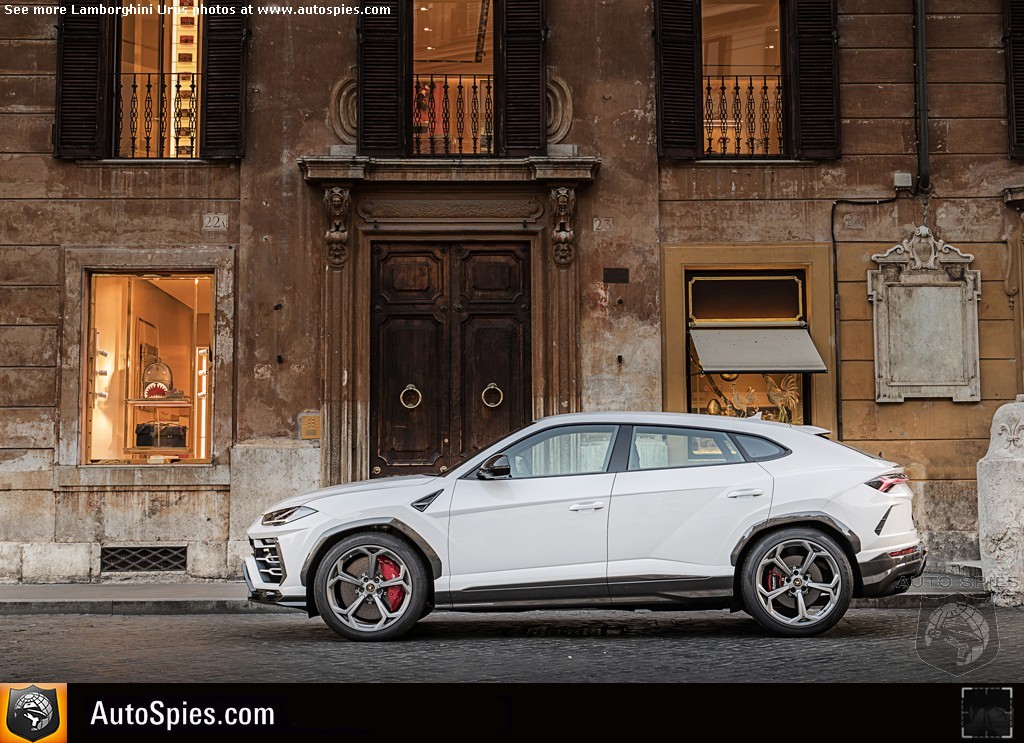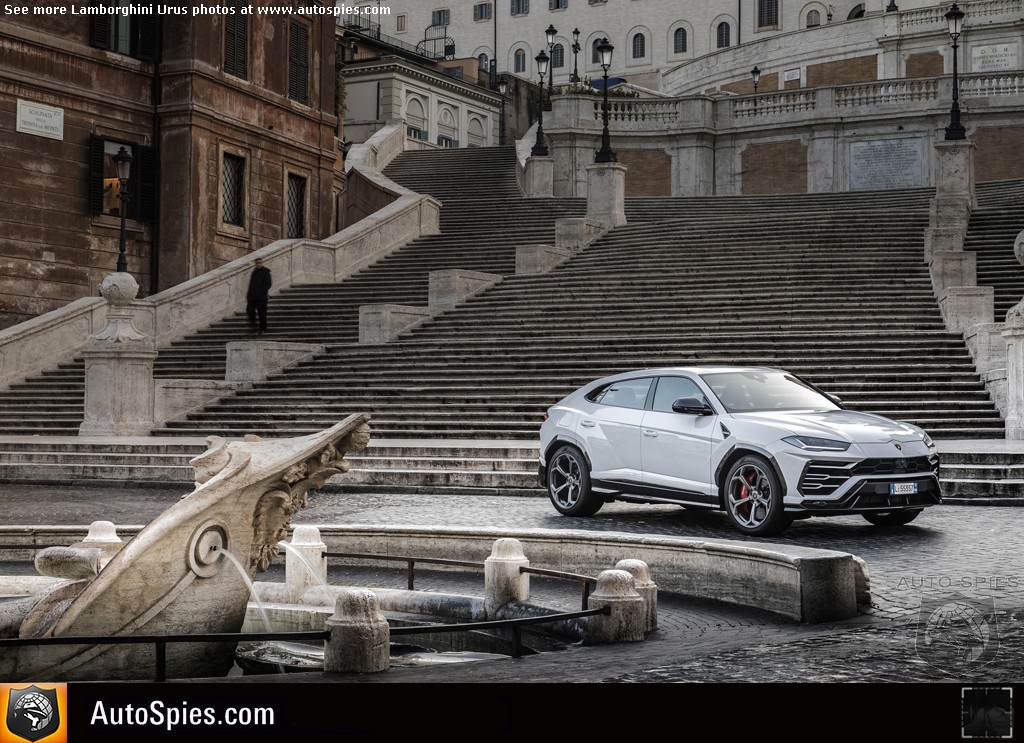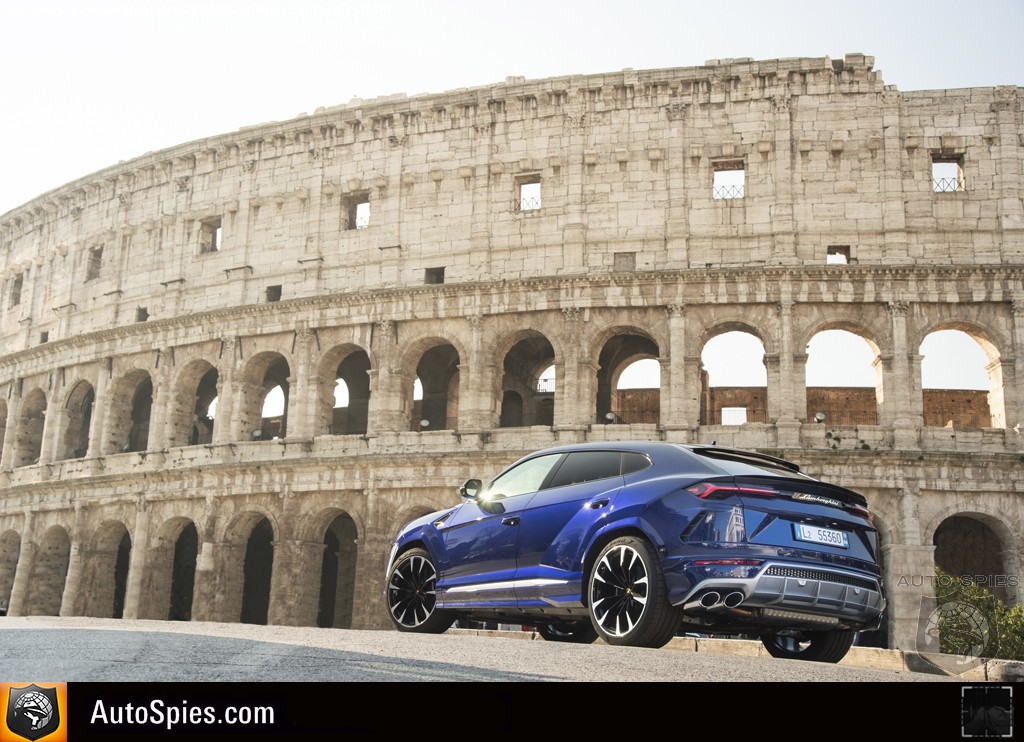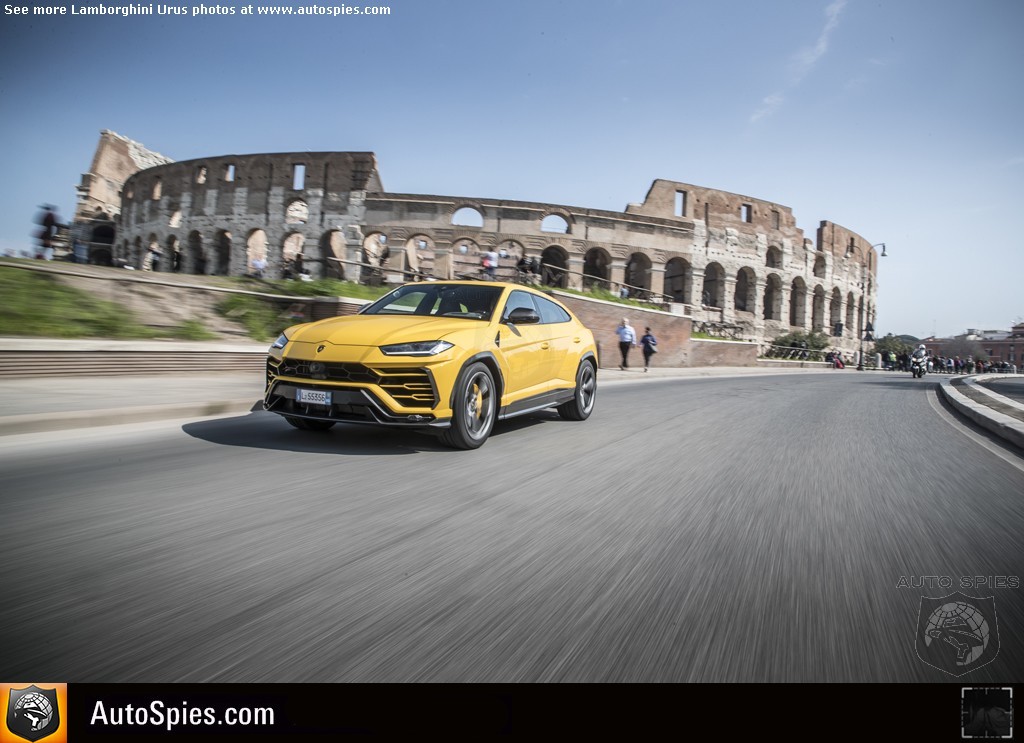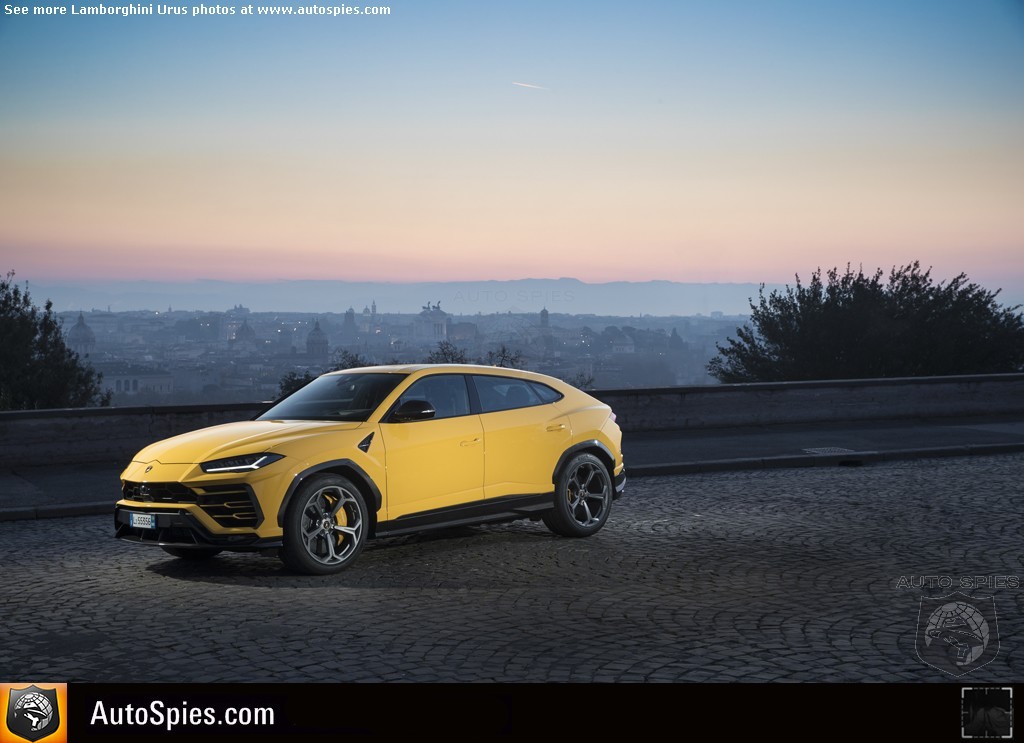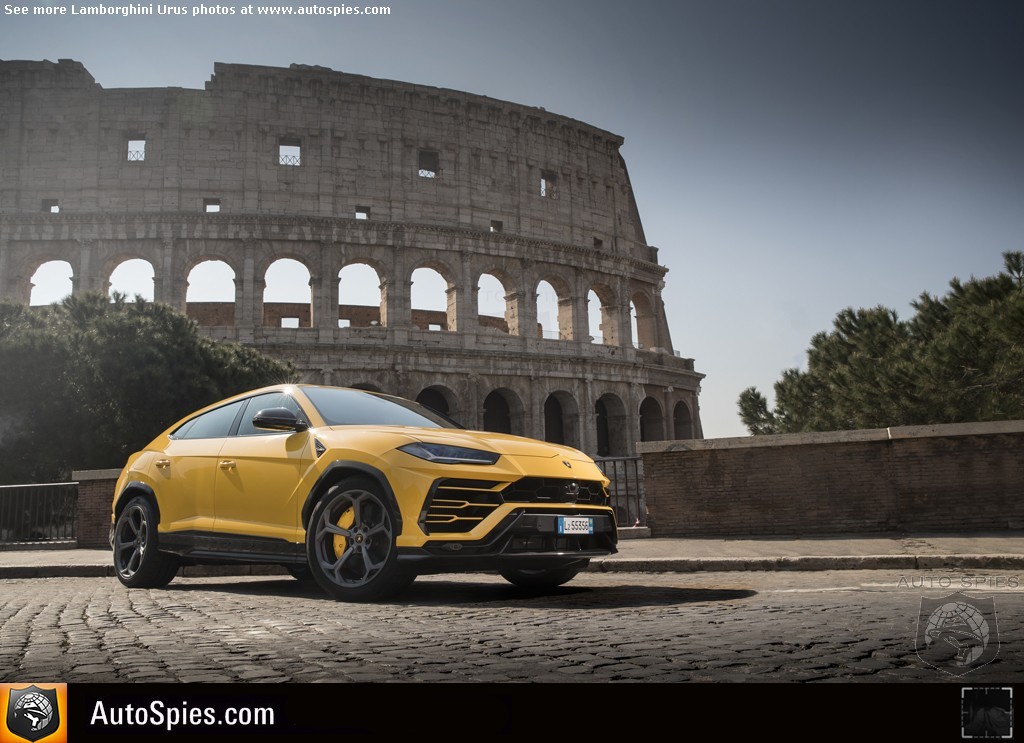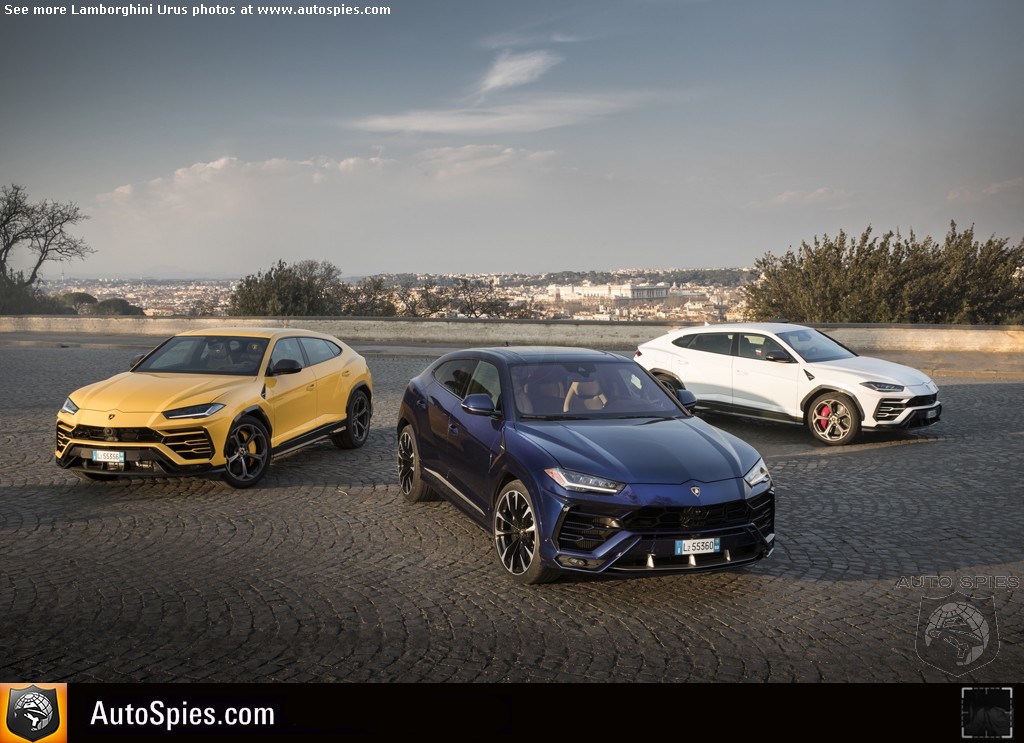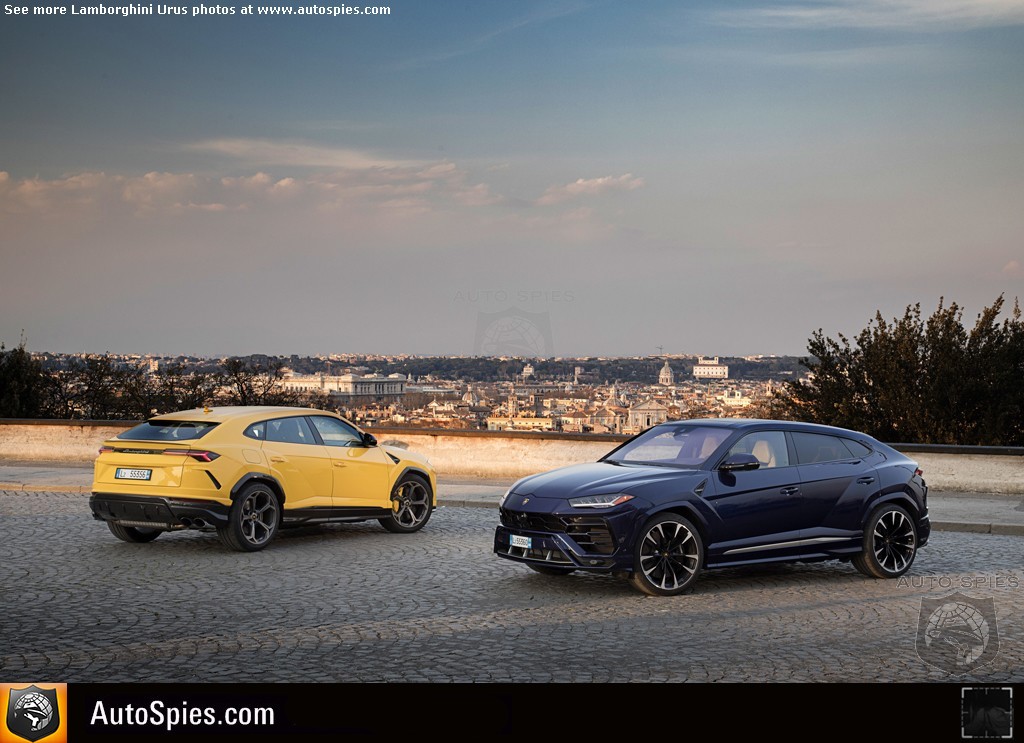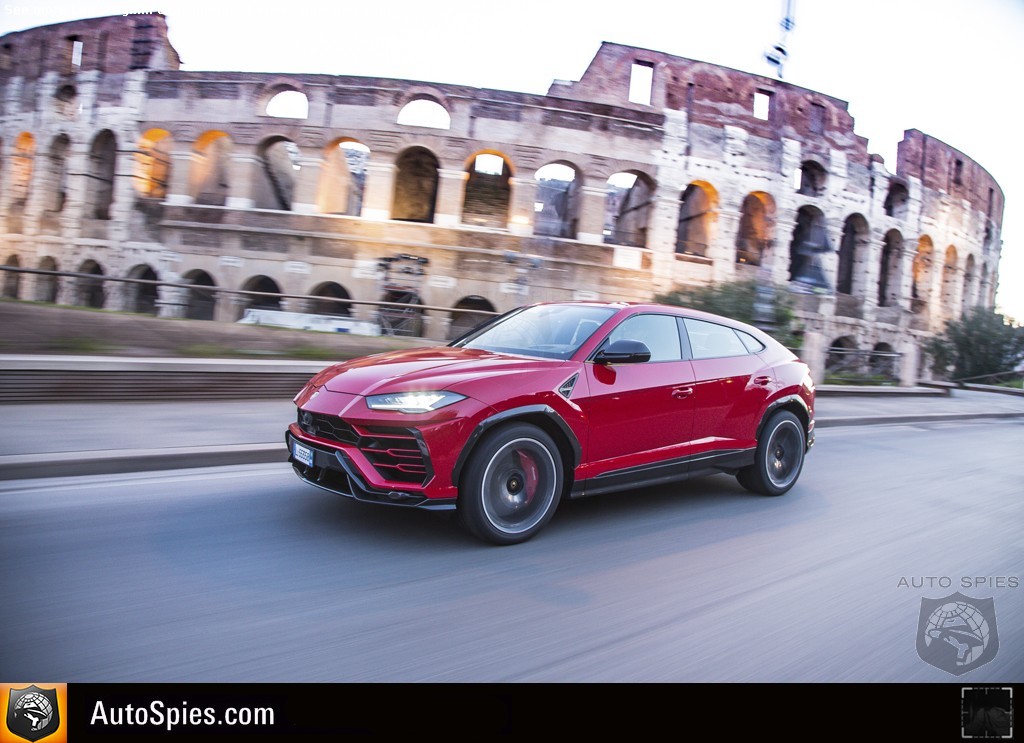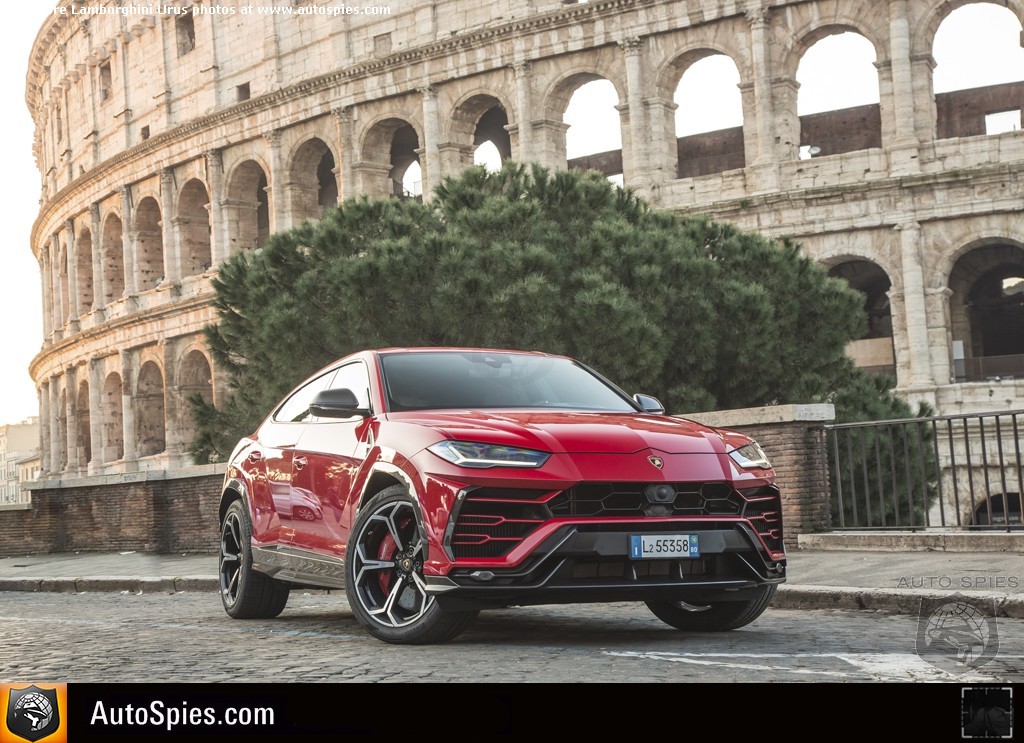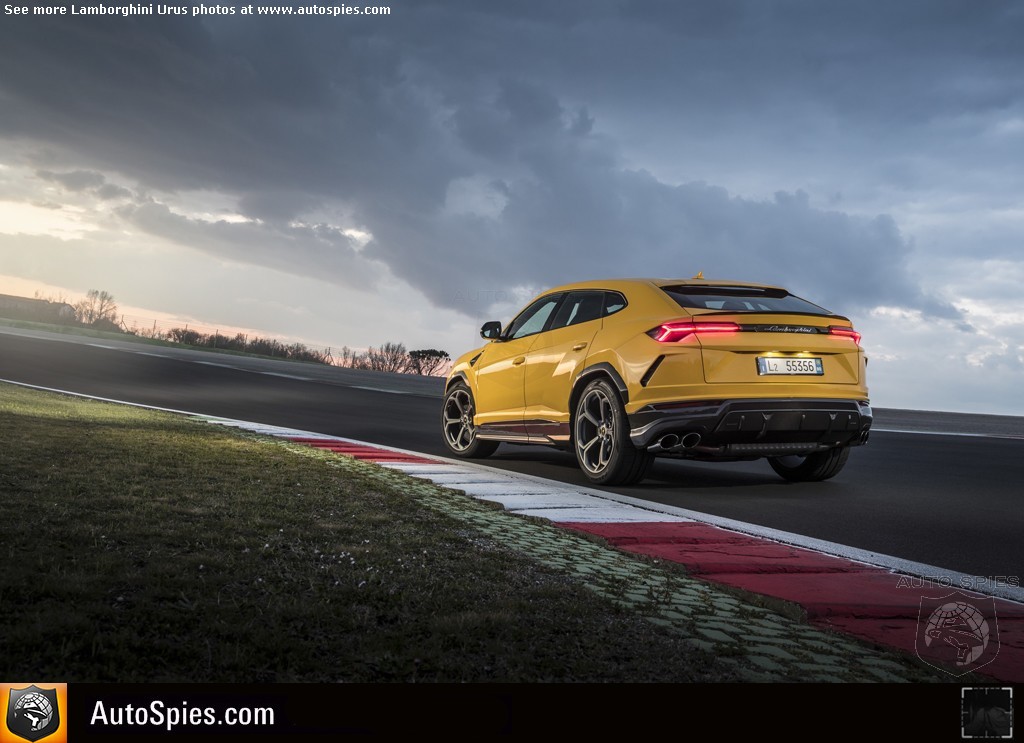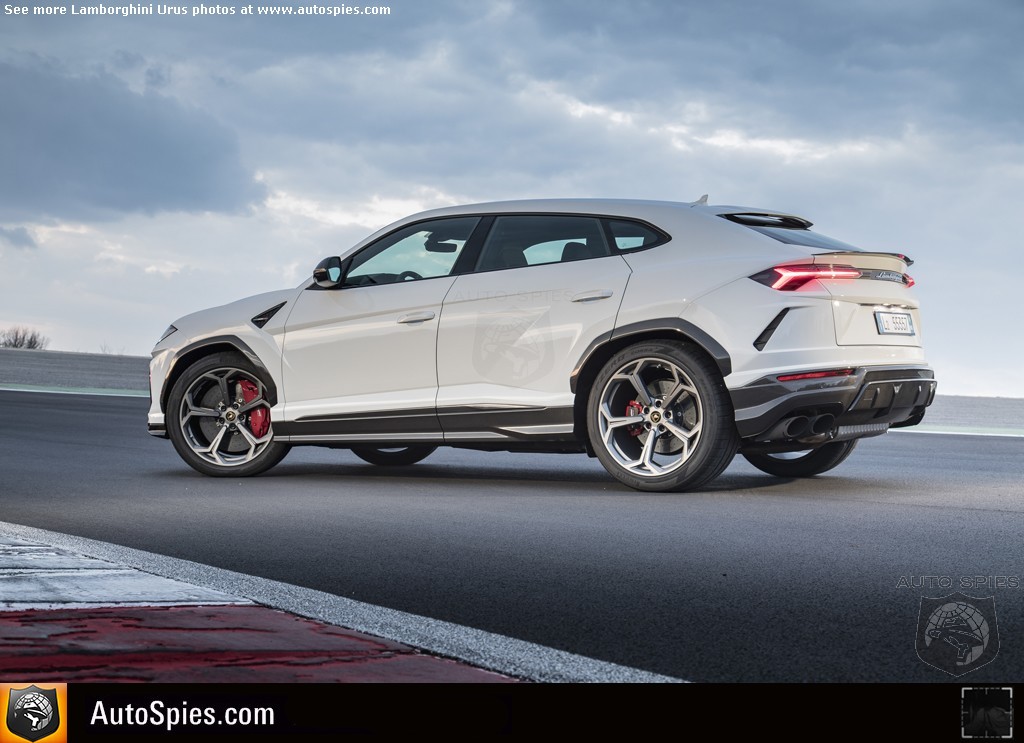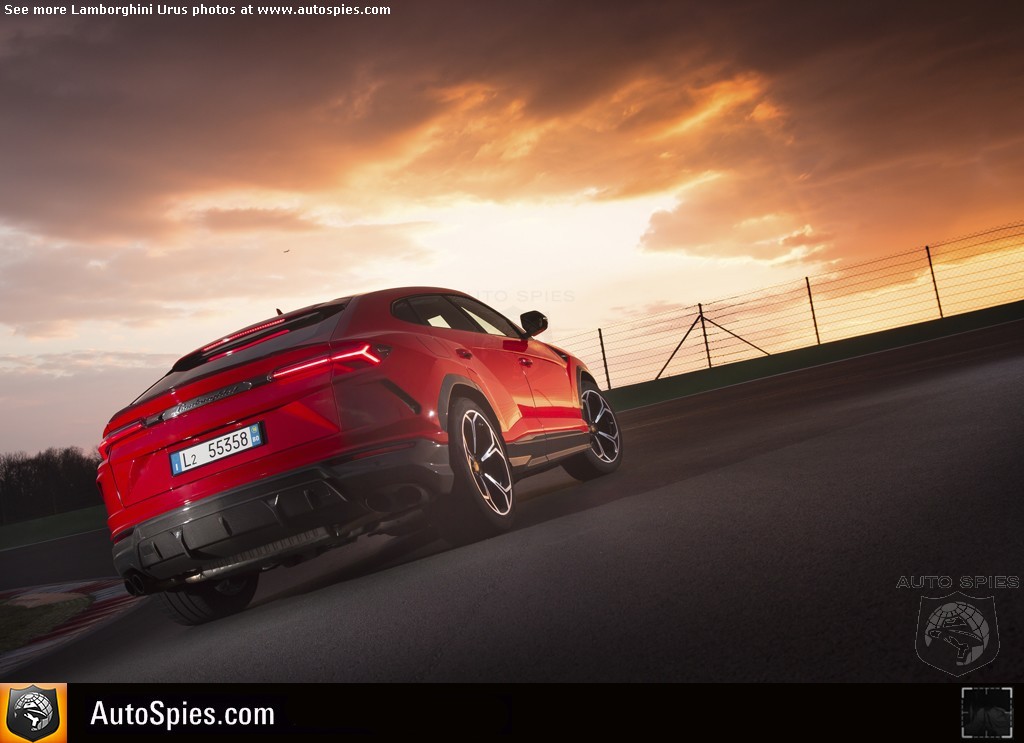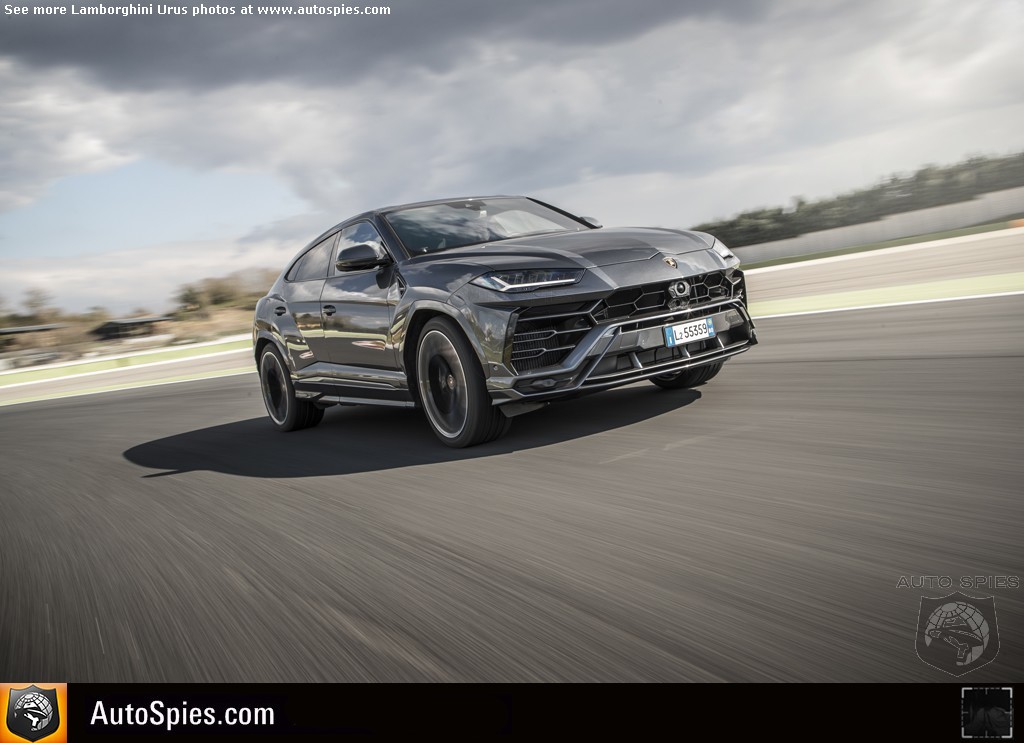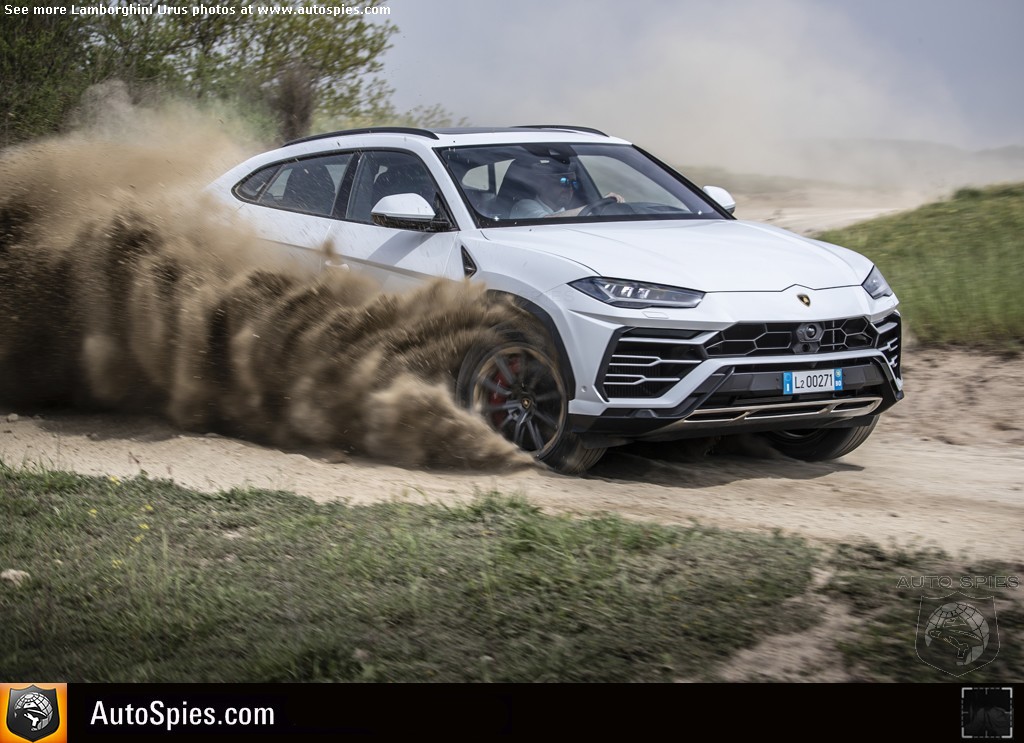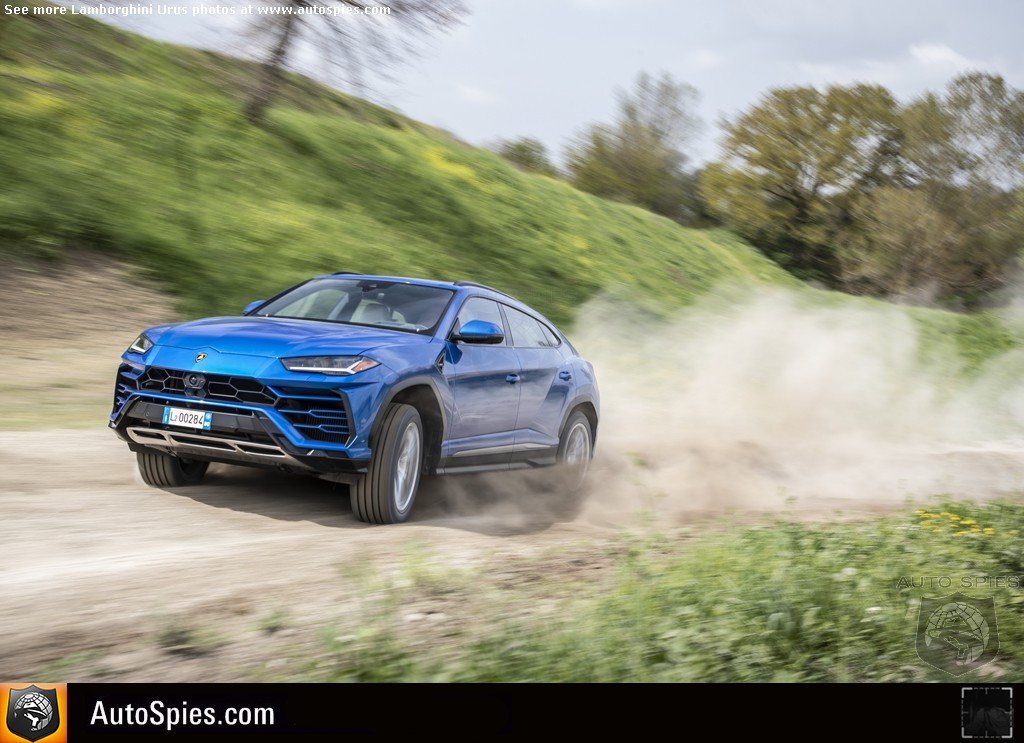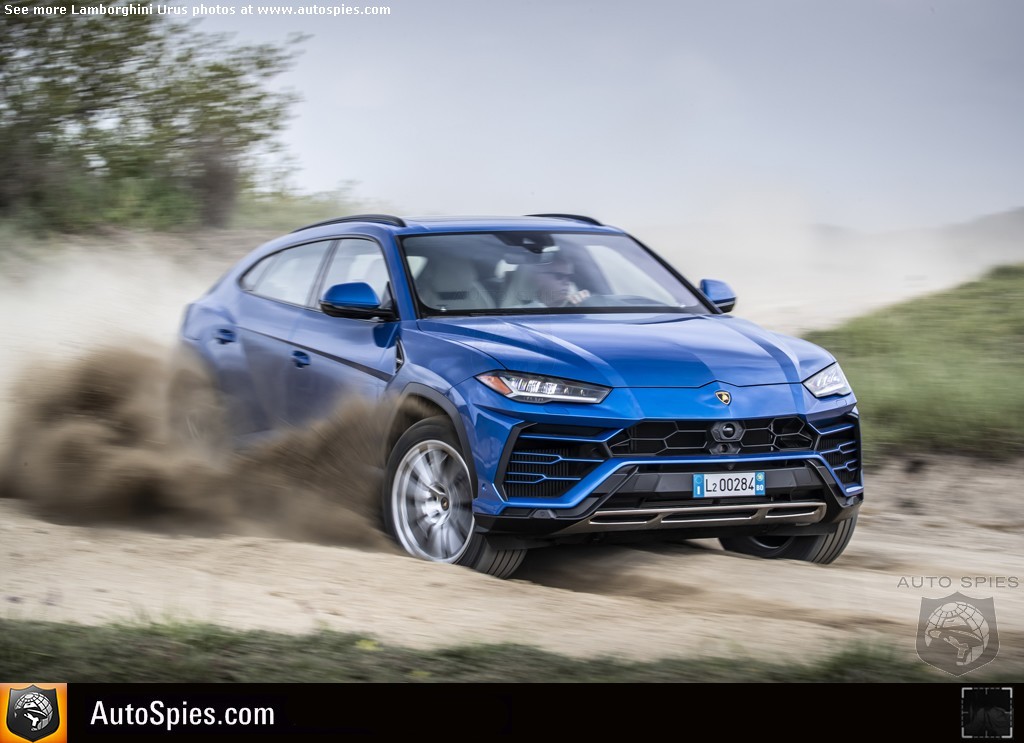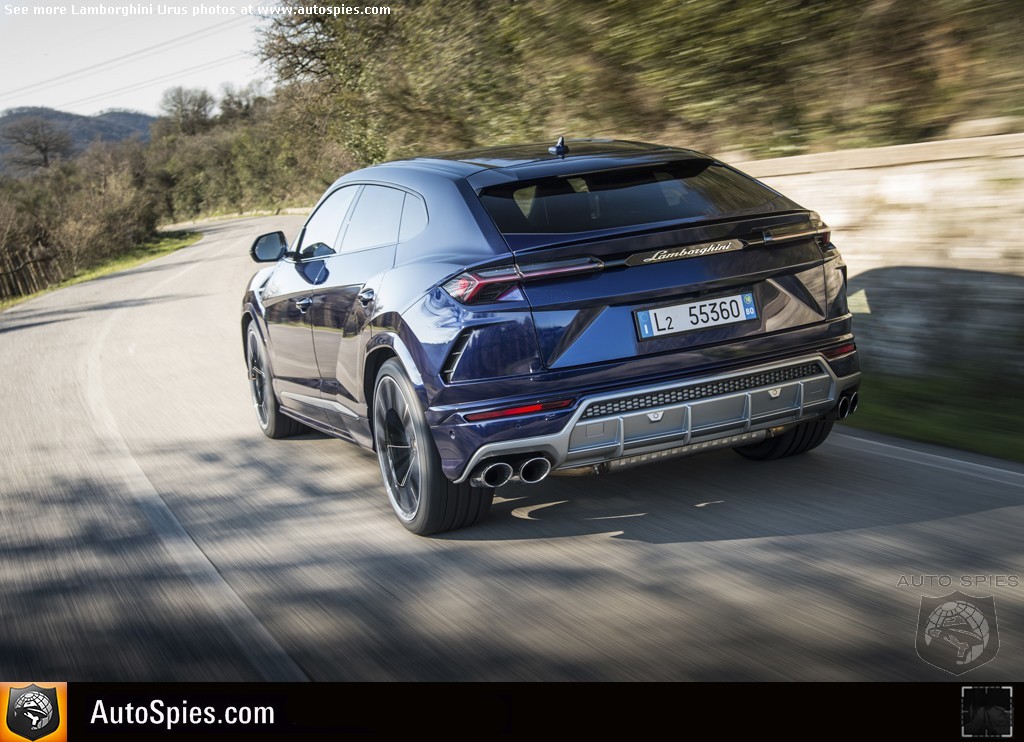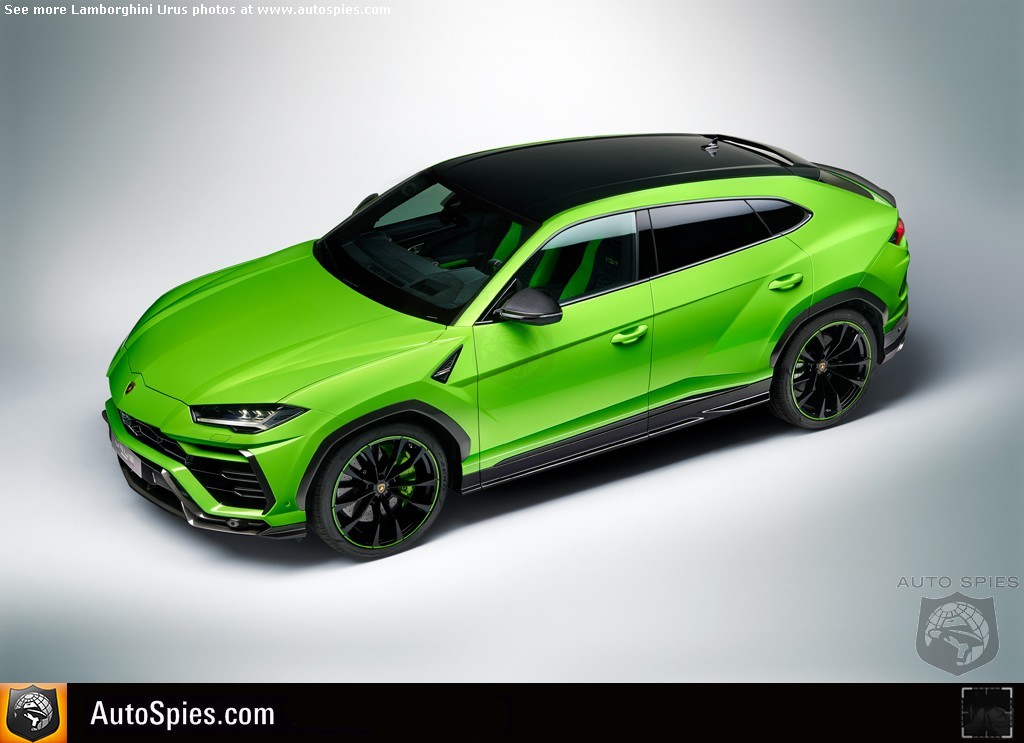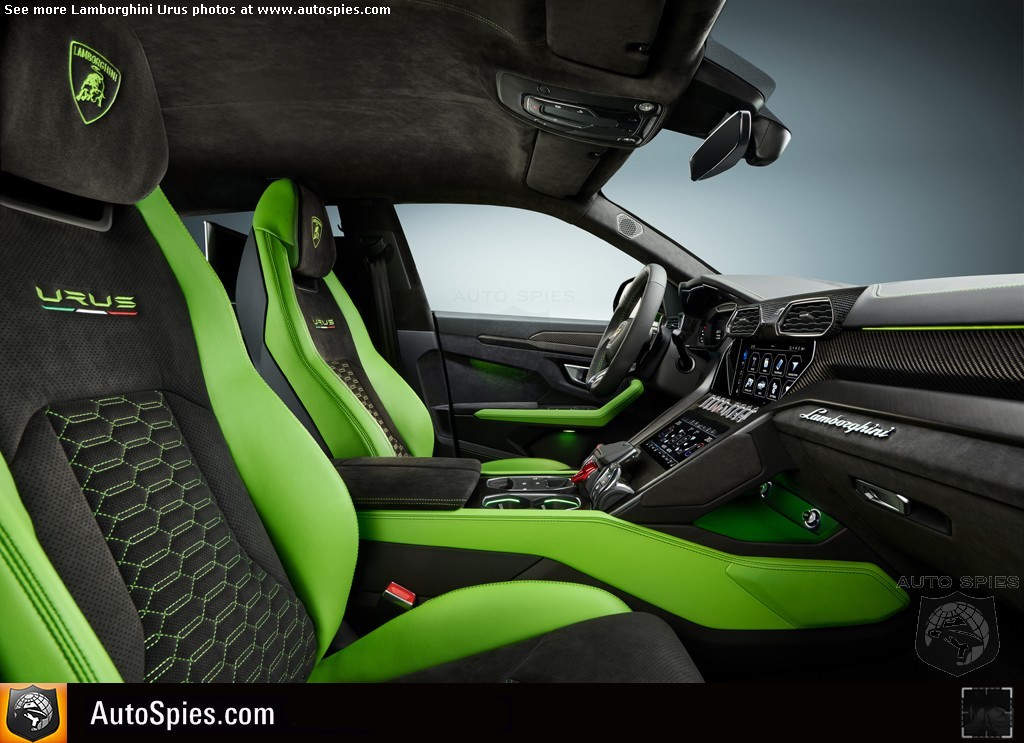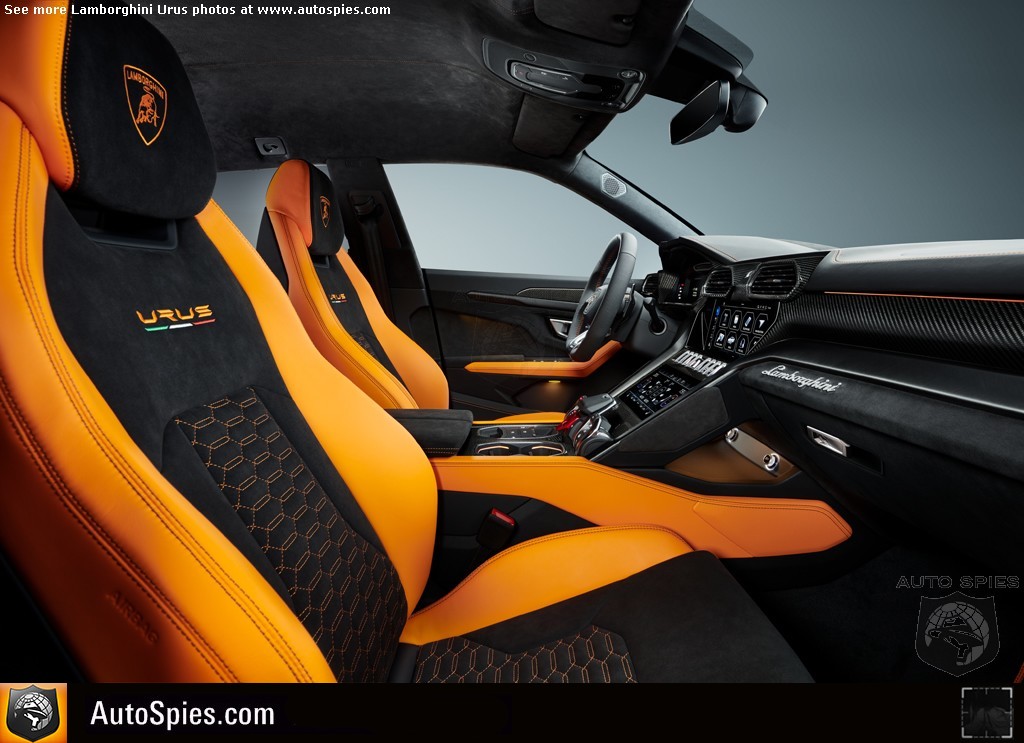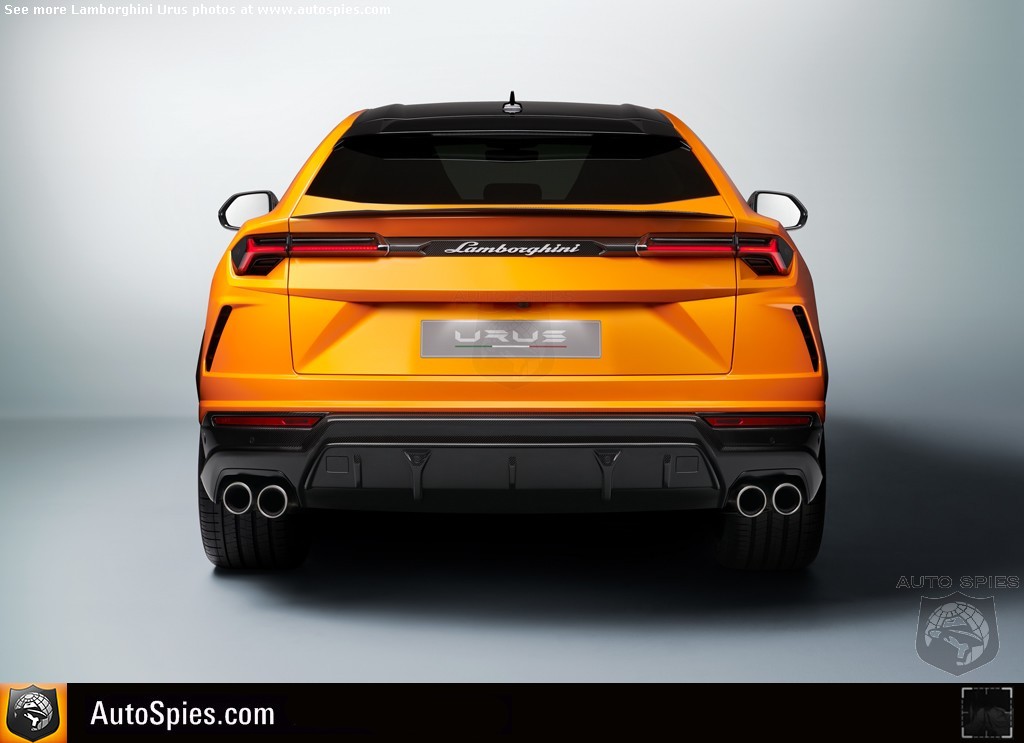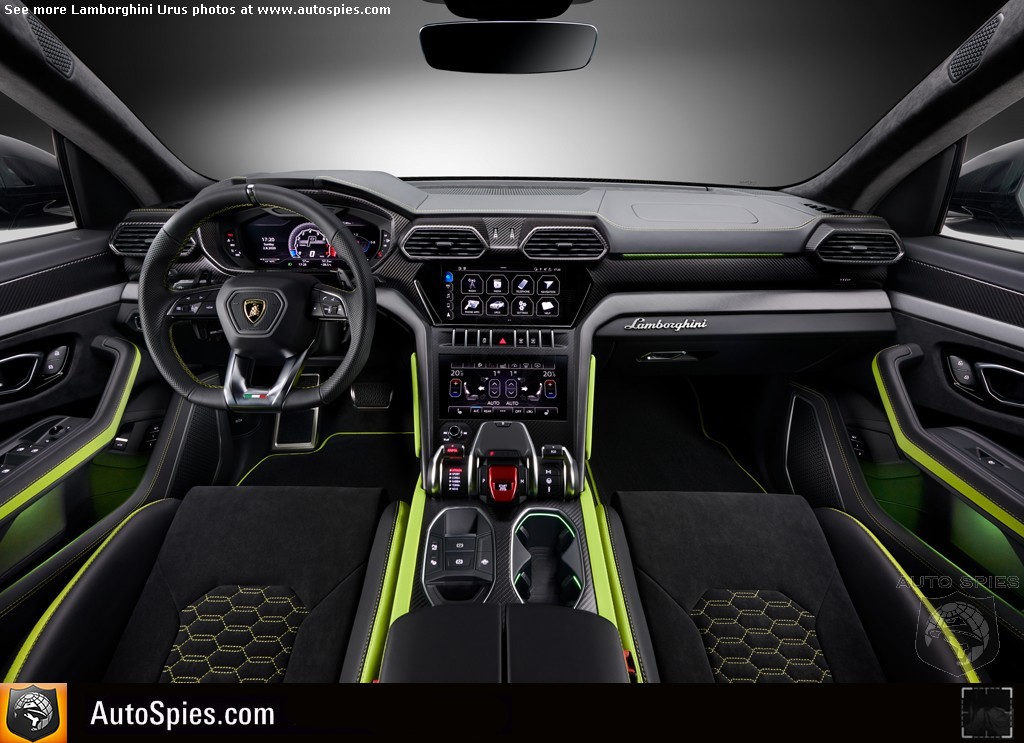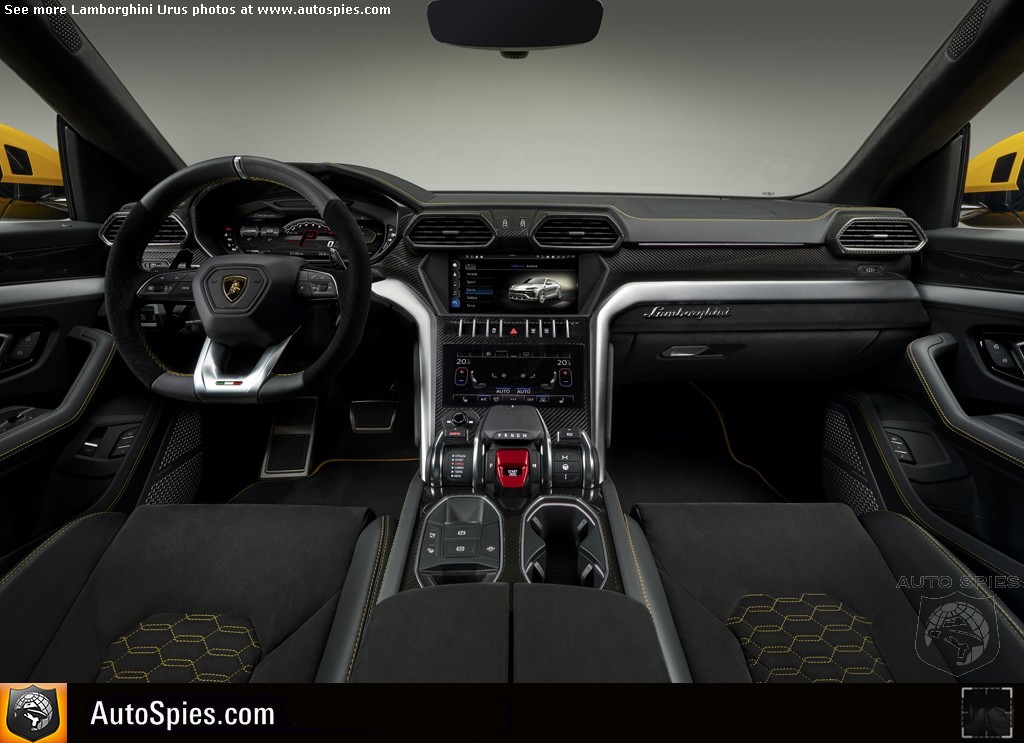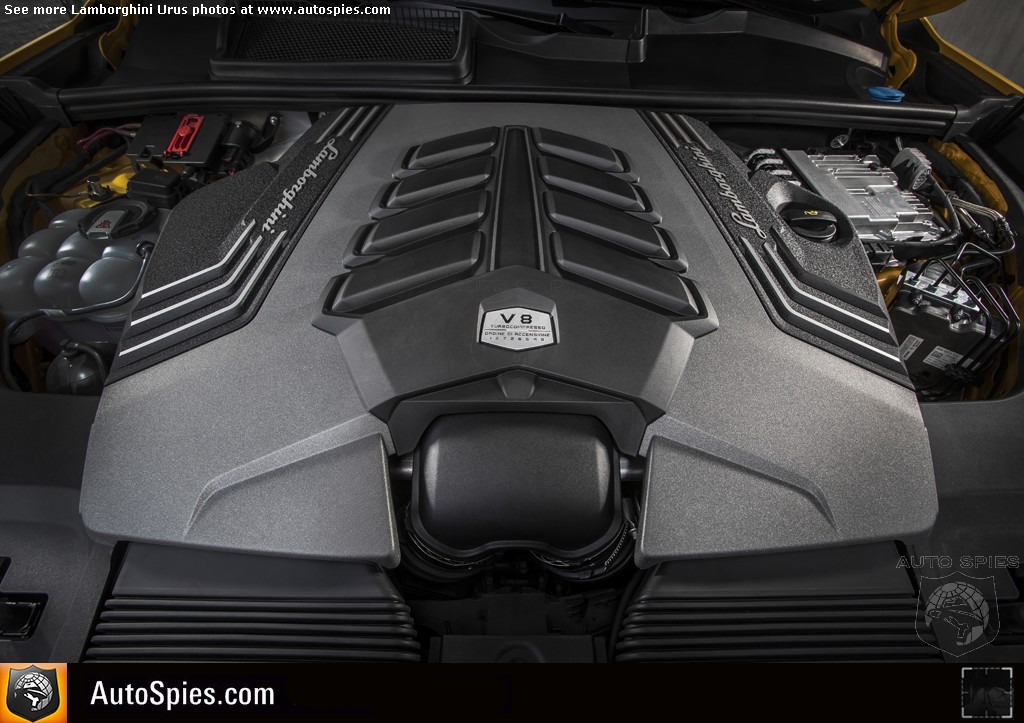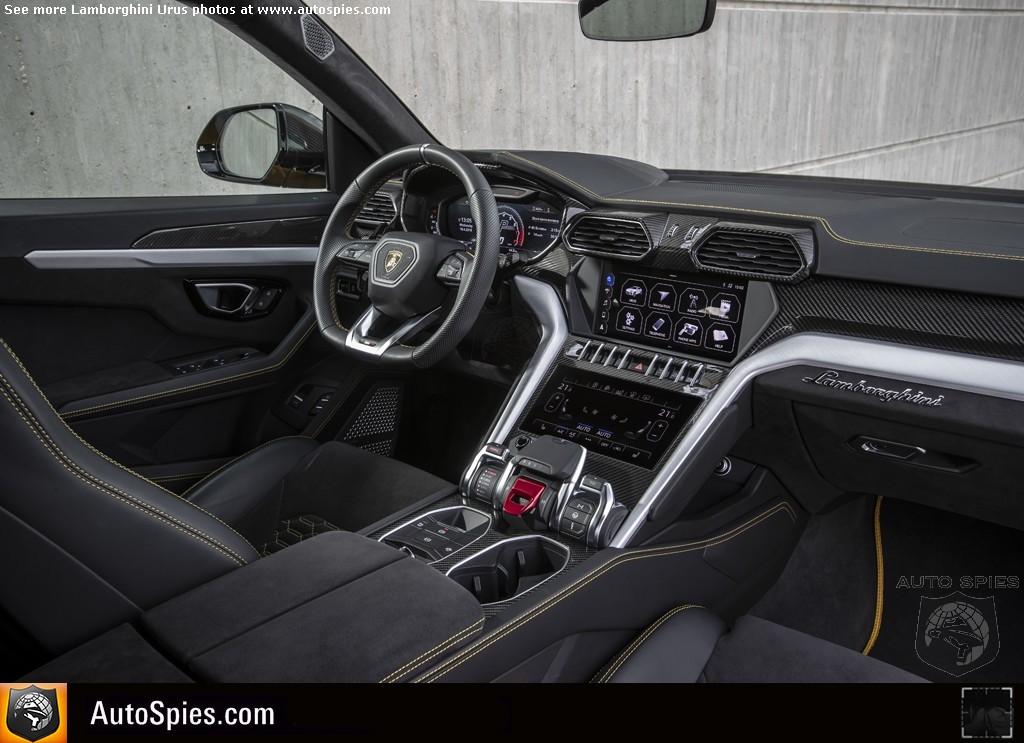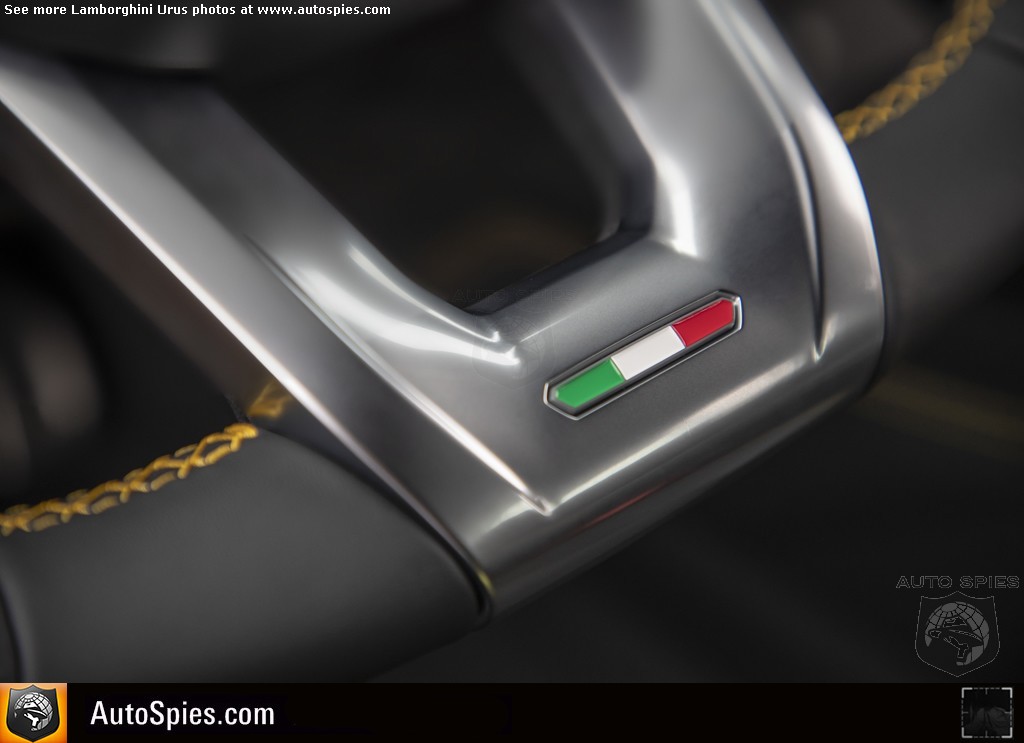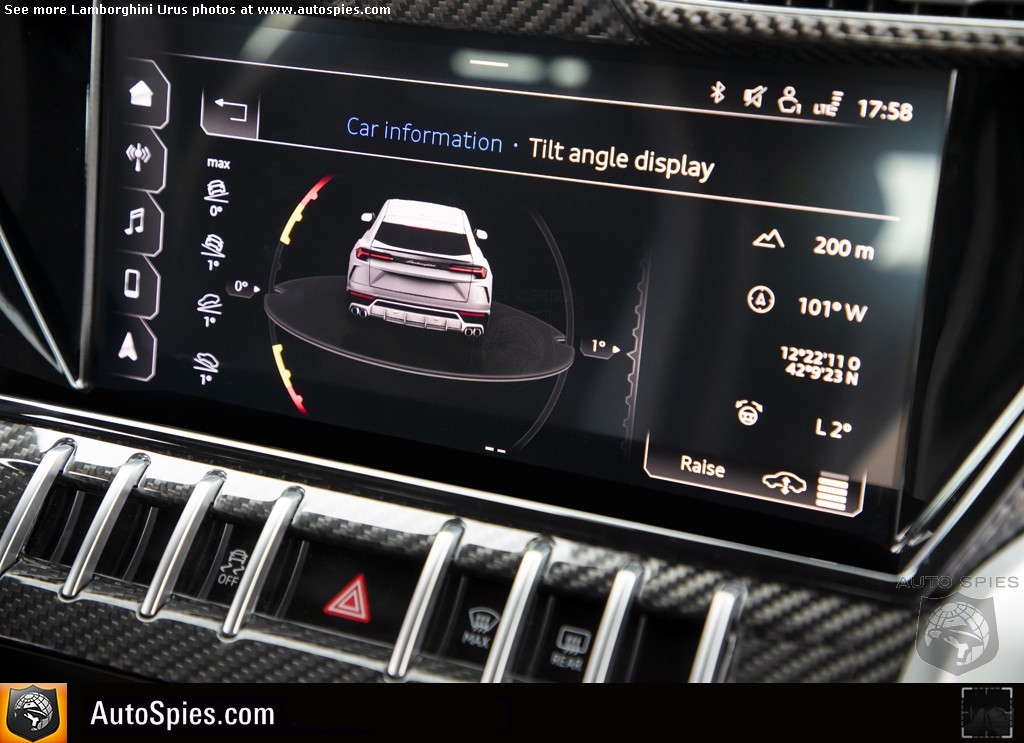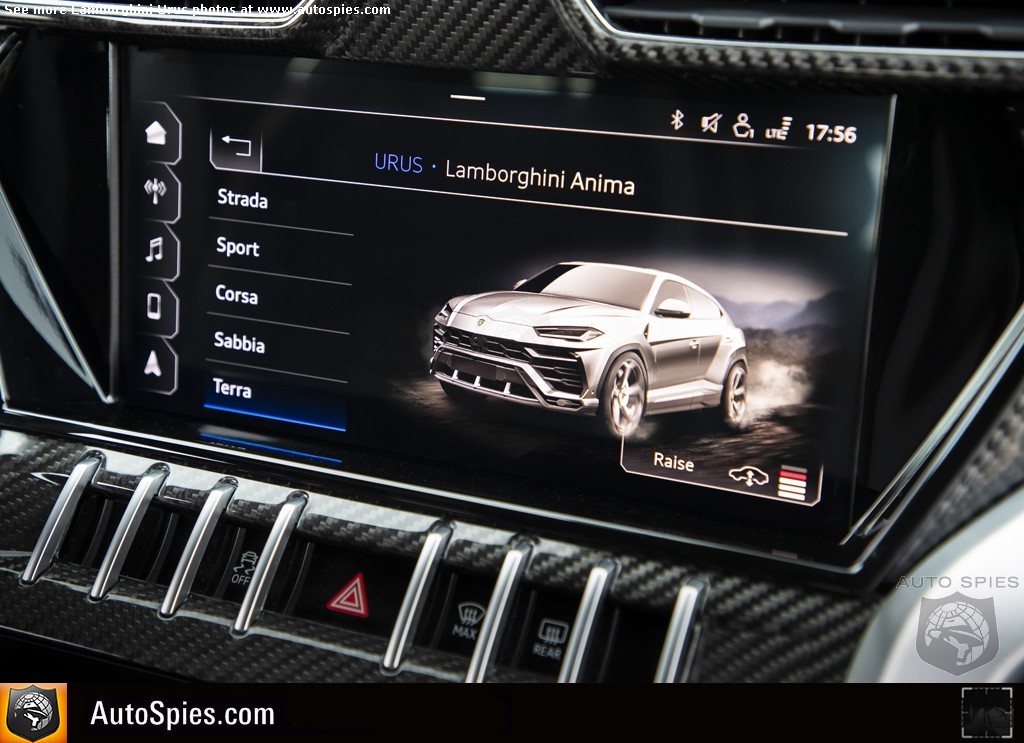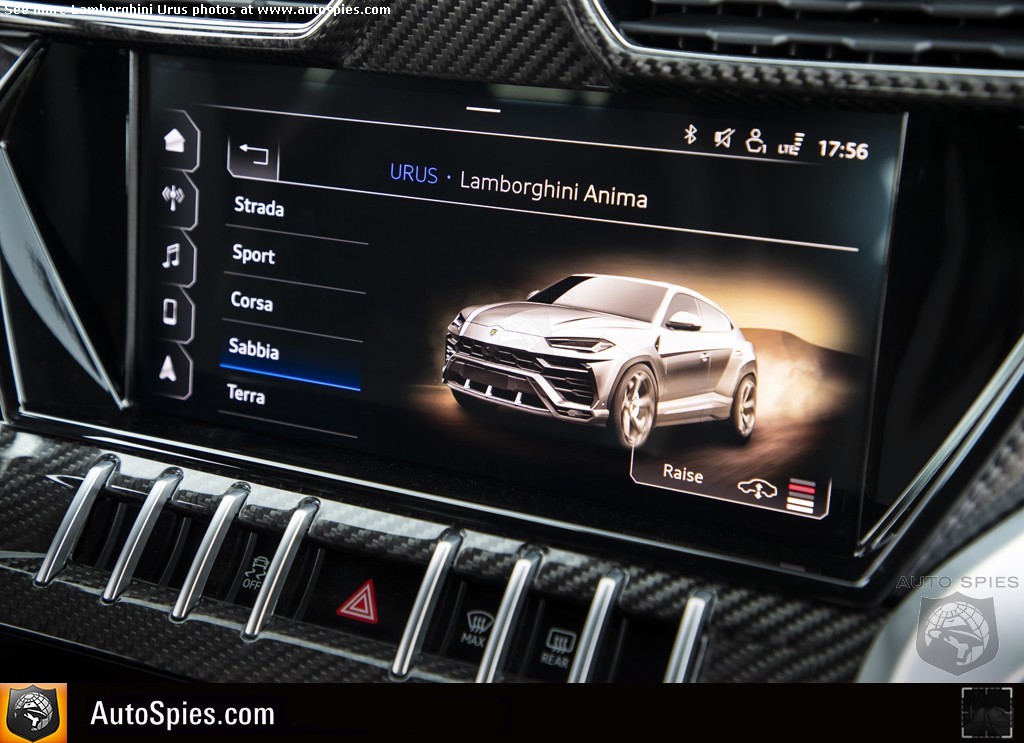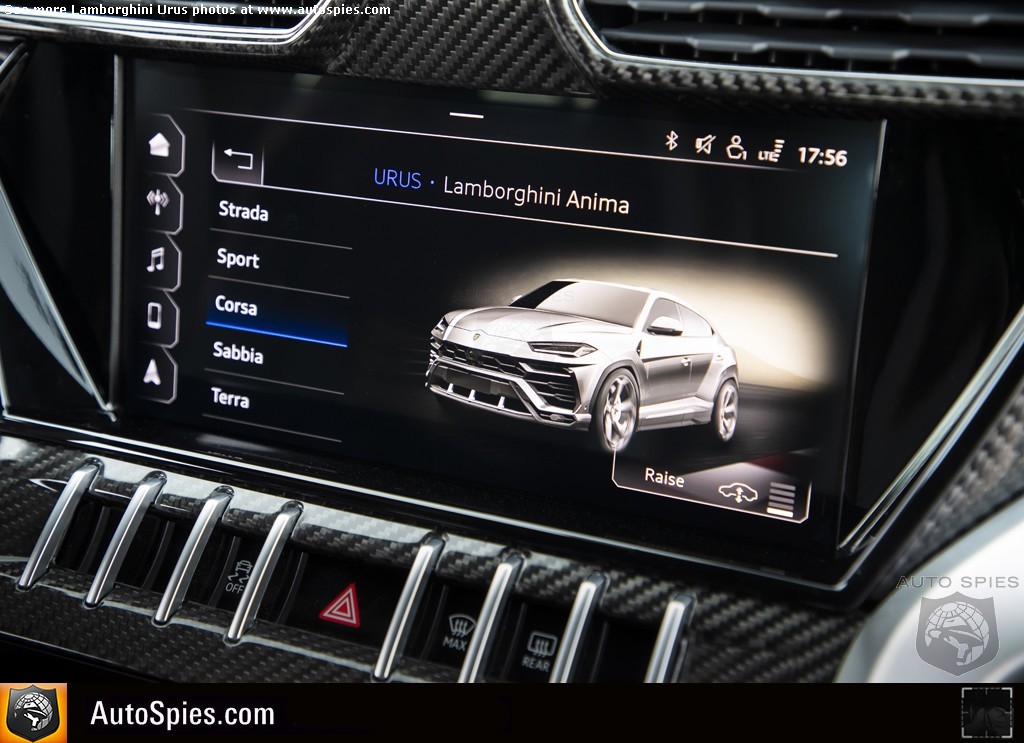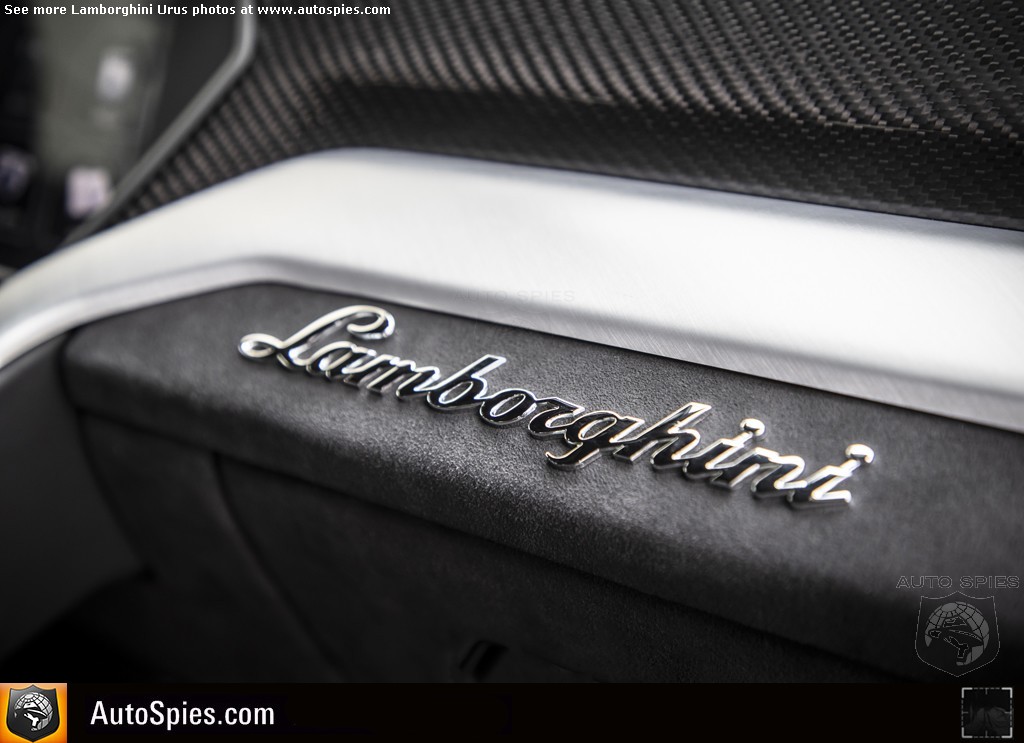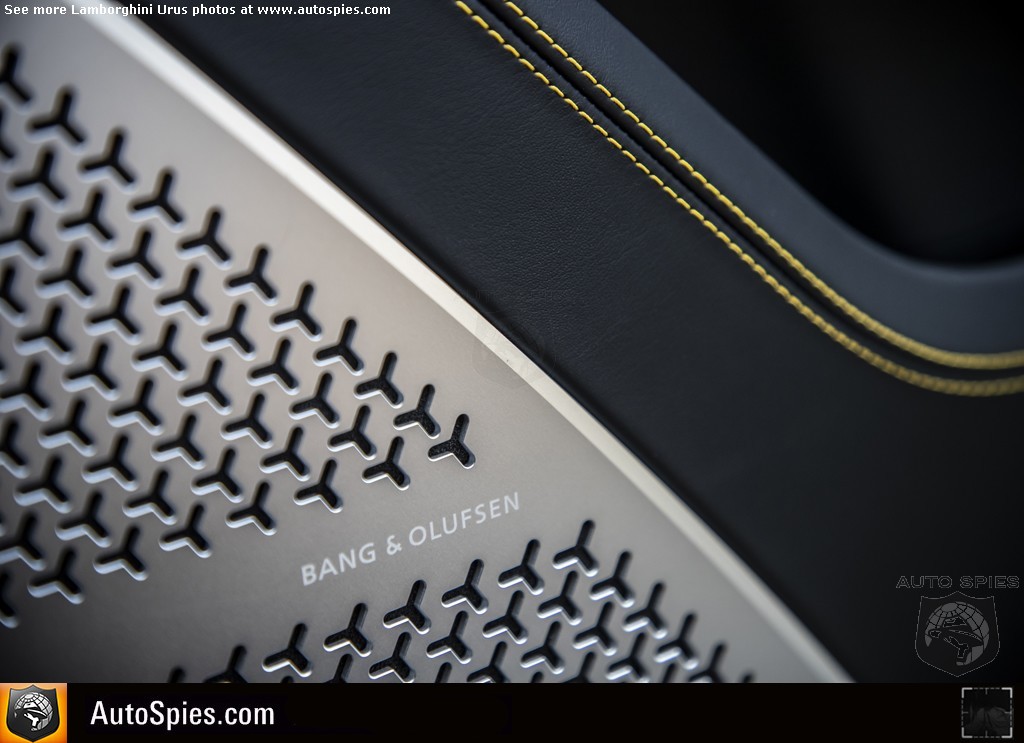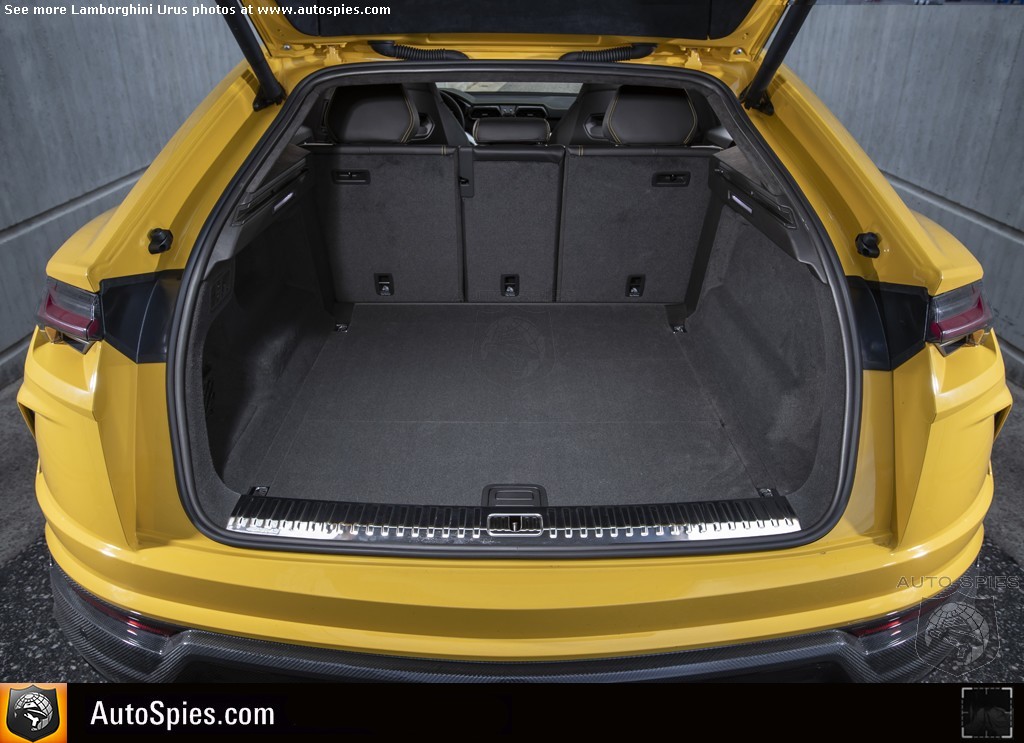In the rough and tumble world of automobiles, it’s not everyday that a manufacturer steps outside of their comfort zone. That’s because there’s an immense amount of risk involved. When you consider the billions of dollars invested in research & development — per model, mind you — it becomes apparent why these companies, more often than not, take a risk averse approach.
But we’re seeing automakers swing for the fences in the 21st century.
This is due to evolving consumer tastes and a significant shift in what buyers are seeking. Space and utility are luxuries that consumers will pay ALL the money for, in volume. That’s the name of the game in auto sales: Maximize your margin and do it in volume. So, it’s no surprise that exotic brands have turned to sport-utility vehicles to fatten up their top and bottom lines.
This neatly brings us to our subject, the Lamborghini Urus. Although some folks cried foul at its announcement, I thought this is where things get interesting. People seem to forget that the founder of the storied Italian marque — Ferruccio Lamborghini — actually started out building tractors and that it previously produced an SUV in the mid 1980s until the early 1990s. It was called the LM002, which isn’t exactly a memorable name like, say, Countach, Jalpa or Diablo. Long story short, there’s more to the Lamborghini story aside from the V12 supercars it’s known for.
Upon picking up the press vehicle from a local Lamborghini dealer, I was pleasantly surprised. That’s because I actually liked the way it looked.
Lamborghini Urus
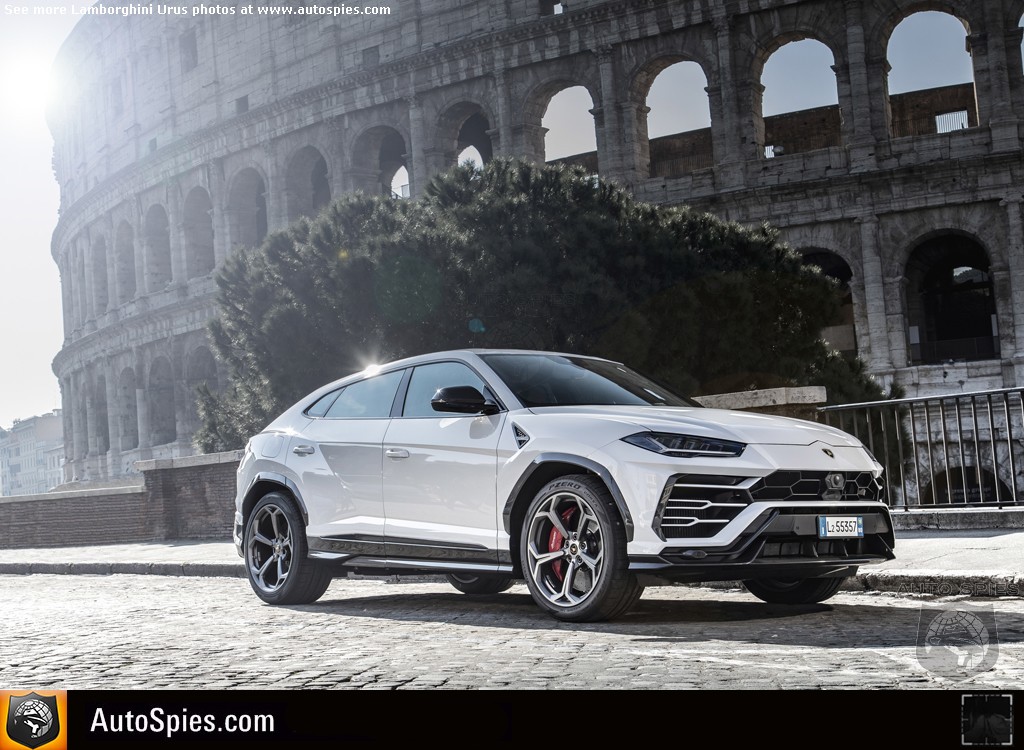

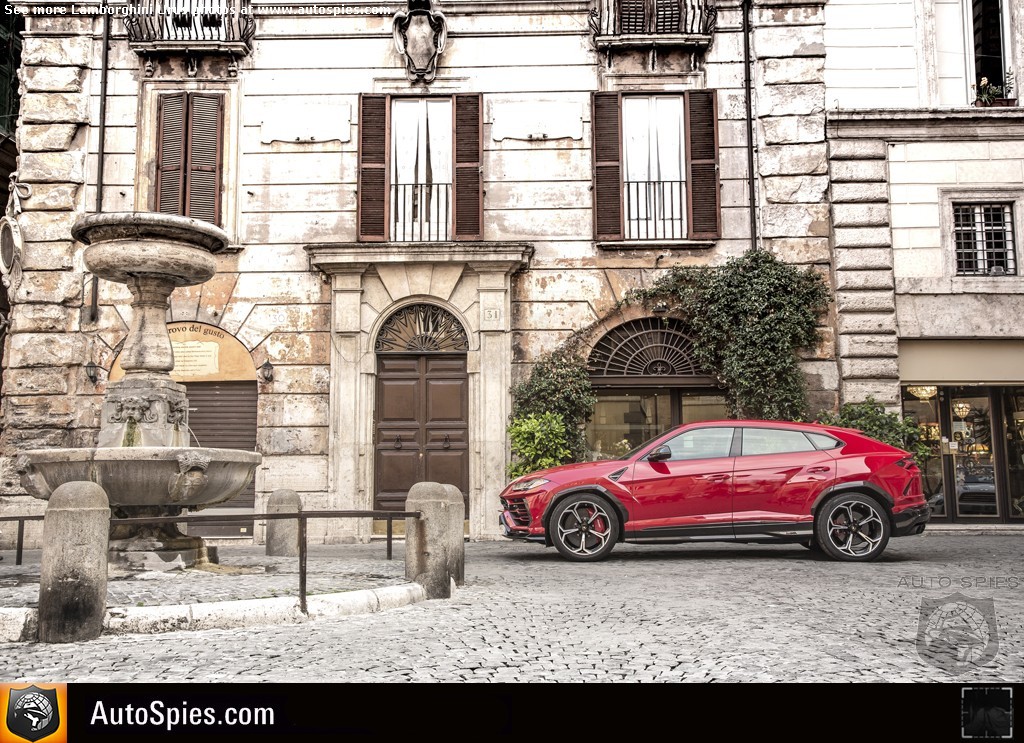
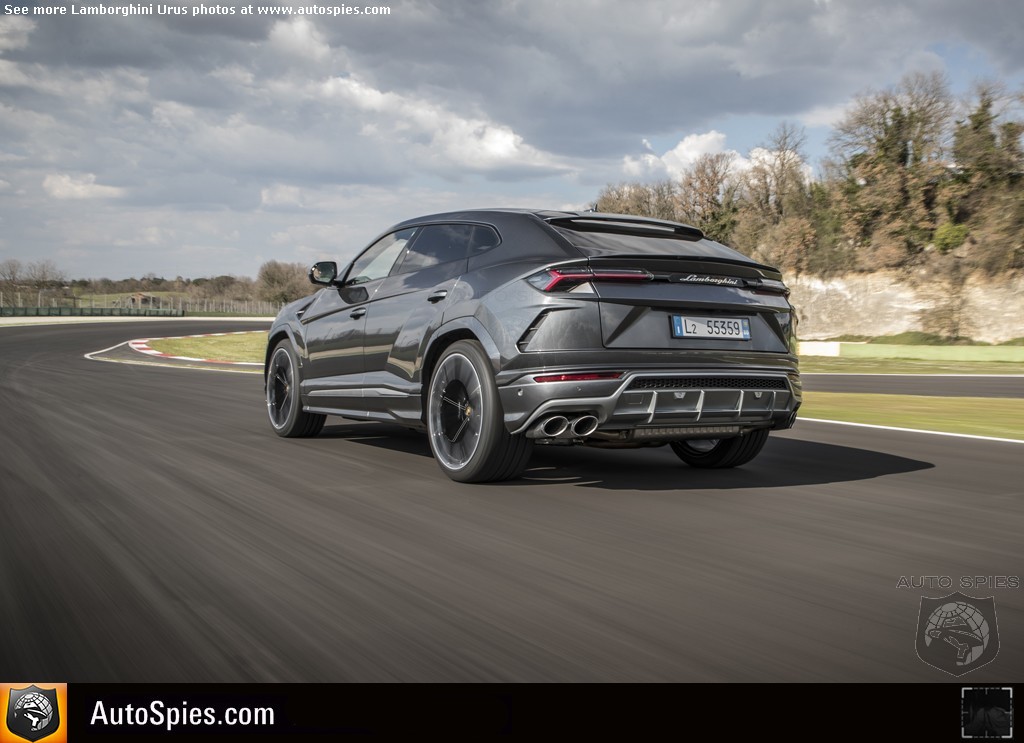
Originally, it wasn’t my cup of tea. It’s normal for vehicles not to have their best showing in photographs, which is why at AutoSpies we are firm believers in seeing autos in various ways — photos, video, at a car show, on the road, etc. While I still am not a fan of the “tuning forks” found in its air intakes, I did like its crouched stance and the Urus’ strong side profile thanks to its severely raked, coupe-like roofline.
Although Lamborghini’s press materials try to tie its exterior design to elements of its previous vehicles like the LM002, Countach, Miura and Aventador, I don’t see it. What I do see, however, is more of a likeness to the Estoque concept vehicle with some of those vehicle’s lines — see its side profile — coming to life in production form.
All in, it’s not as wild or as extreme looking as its supercar siblings that seem inspired by the B2 bomber. But, damn, the Urus has a presence when you get up close and personal.
Where the Urus truly shines though is inside. Opening its frameless door, you’re greeted with a waft of leather and a chunky, flat-bottom steering wheel. Judging by its initial quality, this isn’t an experience like the Lamborghinis of yore that felt more akin to a well-trimmed kit car. There’s a full TFT display serving as your instrument panel (IP) and in the center stack there’s two good-sized touchscreens. Up top is your infotainment and on the bottom are your HVAC controls and other “buttons” you can customize to your liking. The technology used is clearly Audi MMI, however, Lamborghini did totally reskin the software and add some Lamborghini-specific functions to provide a unique user experience. This is readily apparent in the IP, which provides a variety of visualizations depending on the driving mode selected.
Looking around in the cockpit, there’s an overwhelming sense of luxury. The tactful use of materials from the leather to the Alcantara to the aluminum bits to the open pore wood are all impressive. My test vehicle was optioned with 18-way seats that adjusted in just about every way and featured heating, cooling, and massage functions. There’s space in all directions, even for my 6’8 stature, with plenty of room for adults in the second row. Lastly, for the geeks there’s a full connectivity suite. As a music lover, my favorite option was the upgraded Bang & Olufsen sound system. It rings the register at over $6,300 dollars but if you’re an audiophile then this is a “gotta have it,” feature.
All of this tech, detail and quirk does have some drawbacks, however. That would be the ergonomics, which take some getting used to. You don’t need a computer science degree but certain tasks, such as selecting gears, will require retraining your muscle memory. Make sure to hit the discreet “P” button to put the Urus into park, click one of the paddles behind the steering wheel to engage drive, pull the oddly shaped, centrally mounted lever to put this bull into reverse. You see what I mean?
More quirk. The overuse of the hexagon theme is a bit tacky but at least the designers were consistent as they liberally splashed it everywhere — Cupholders, the infotainment’s UI, on the wood trim, etc.
To be honest though, these minor indiscretions sort of disappear. That’s because when you flip the red cover and push the Urus’ Start button, this Lamborghini reminds you it is unlike any other SUV you may have piloted before. Although the 4.0-liter, turbocharged V8’s block is borrowed from the Volkswagen Group, the raging bull did extensive work to make this engine its own.
Lamborghini Urus
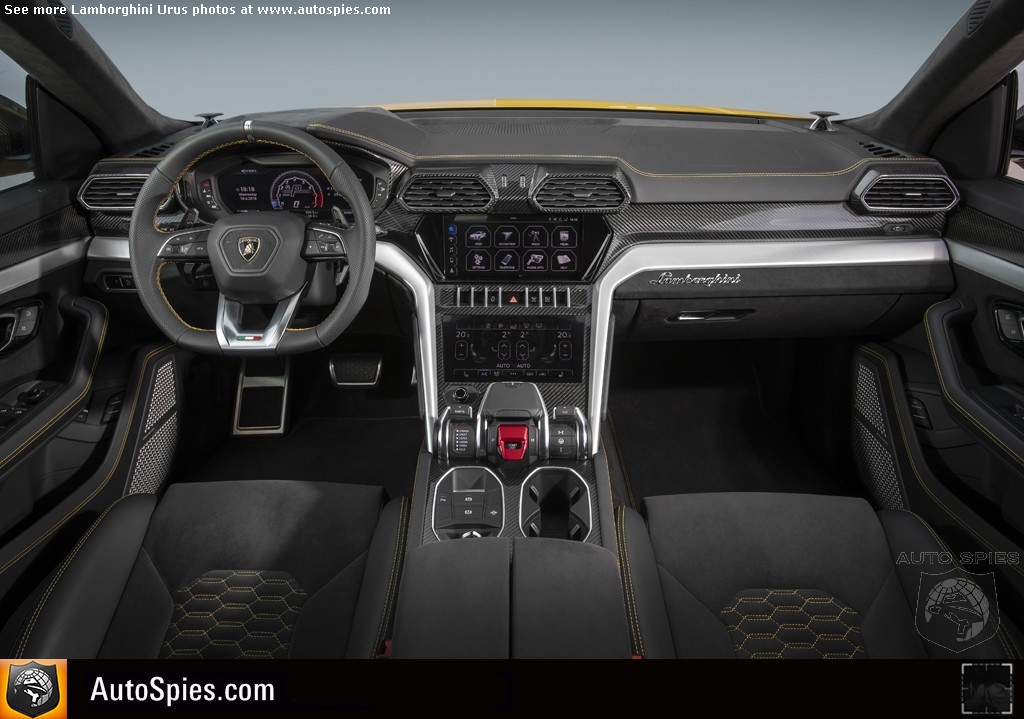
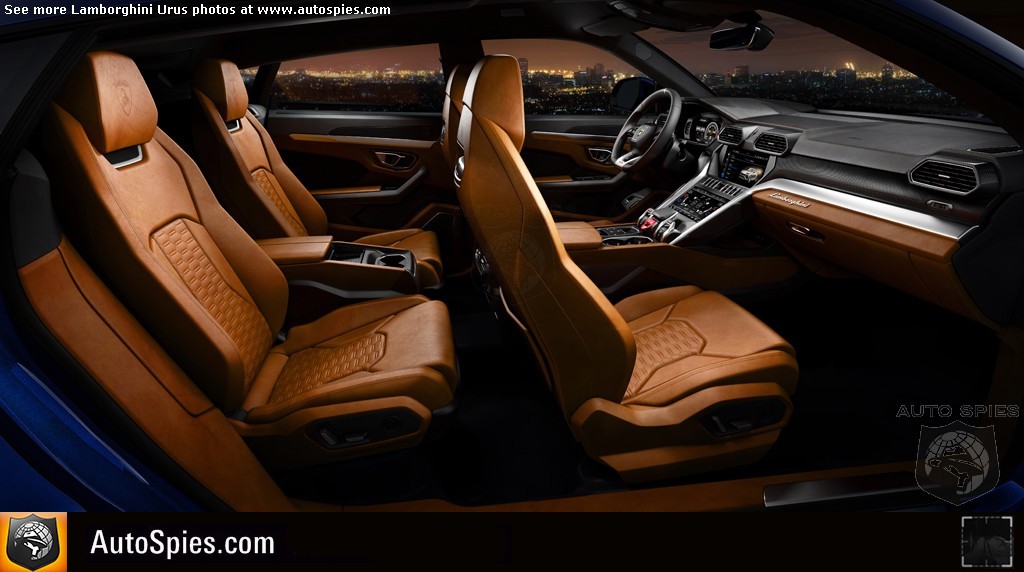
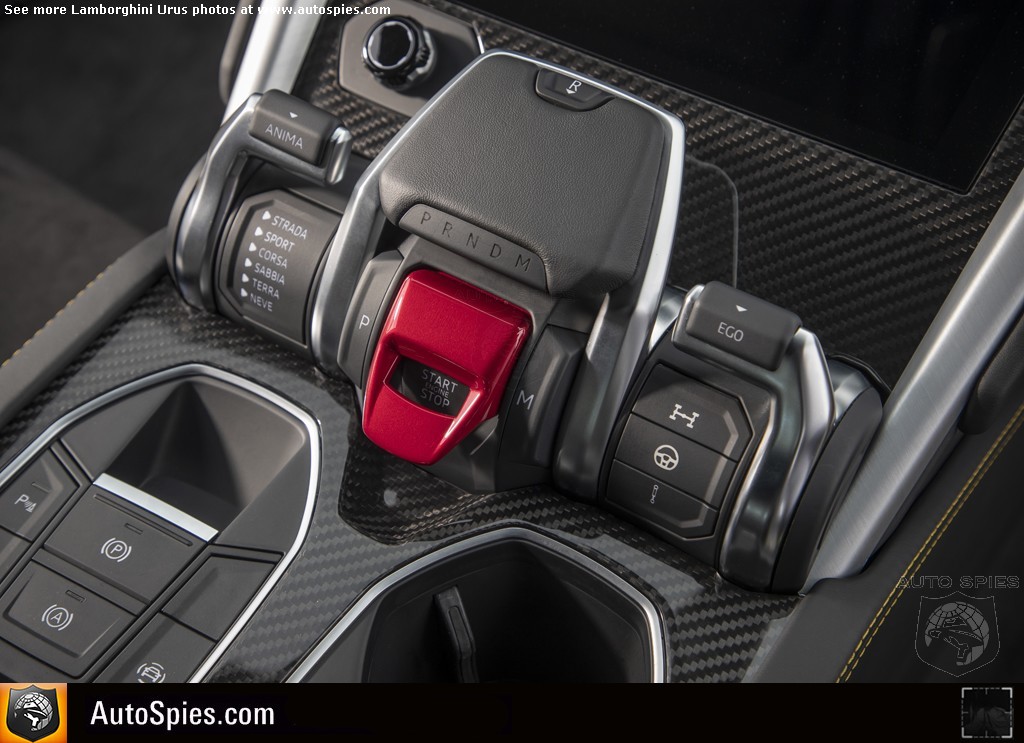
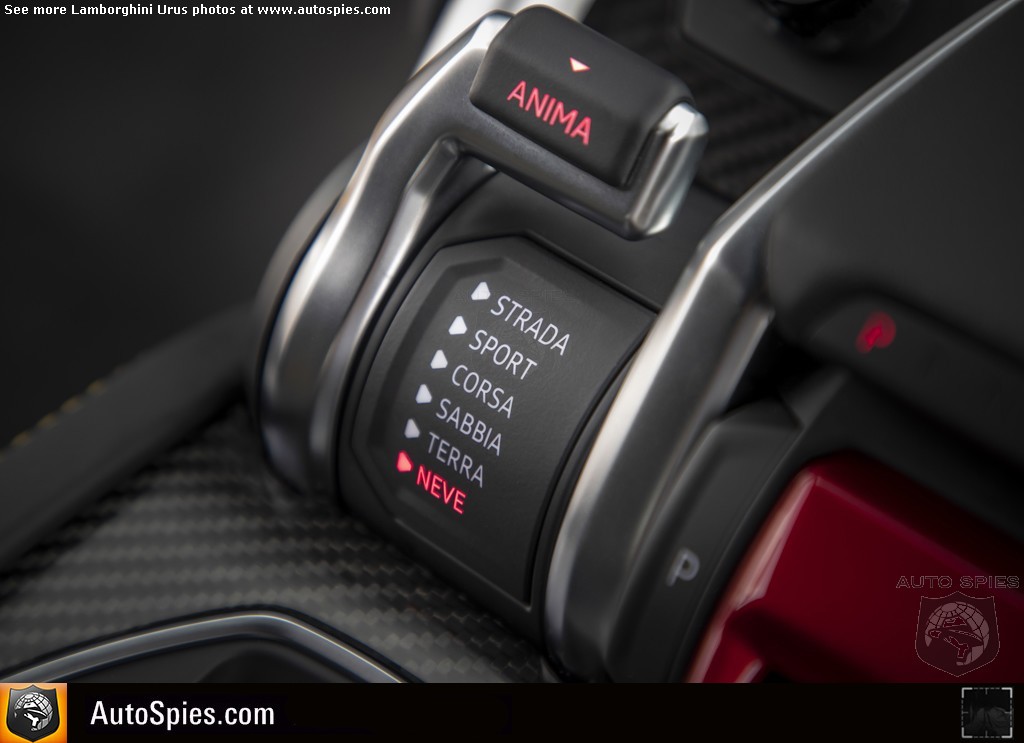
I have to admit when I originally glanced at the Urus’ specifications, I wasn’t impressed. I thought “OK. It’s just a Porsche Cayenne Turbo S that’s been stylized.” Well, today I am here to eat crow. Make it a double order.
That’s because the Lamborghini Urus is one of my favorite vehicles I’ve ever driven.
Cutting to the chase, it’s because the Urus is so flexible. Typically, when a manufacturer attempts to make a high-performance SUV it botches the job. In other examples, the chassis is too rigid with a far-too-stiff suspension, and it’s unbearable around town or over a city’s pockmarked roads. Lamborghini waved a magic wand though and the Urus executes any task flawlessly.
With six driving modes that are selectable via the center stack’s “Tamburo,” you have options. There’s Strada (Normal), Sport (duh), Corsa (Track), Sabbia (Sand), Terra (Off-road) and Neve (Snow). If you want to mix and match you can select Ego and configure the vehicle as you see fit. Personally, I spent most of my time swapping between Strada and Corsa.
In Strada, you’d hardly believe you’re driving a 650 horsepower and 627 lb.-ft. V8 monster. You honestly don’t even notice the motor spinning at times. The Urus quietly pulls you down the street and somehow bumps are isolated even though my test vehicle was equipped with 22-inch wheels. Its air suspension makes you feel as though you’re casually floating along. Here, the Urus is blissfully uneventful.
Pull the Tamburo two times though and it’s a wildly different story. It feels as though the Urus comes alive. The IP changes to a race-spec configuration, the exhaust note gets louder and the vehicle lowers with sporting intentions. This is what you paid over $200,000 for.
Zero to 60 comes in a scant 3.5 seconds and when you step on the throttle you’ll believe it. The power pushes you into the seat as the Urus’ four-wheel drive keeps the vehicle stuck to the asphalt. While this Lamborghini uses an eight-speed automatic transmission, it’s hard to believe it. That’s because it snaps shifts at the click of a paddle. It’s awfully satisfying.
Where I was truly awestruck though was just how well this 4,800 pound SUV handles. When I took the Urus on a very spirited drive on my usual test route, it blew me away. Body roll is kept completely in check and its four-wheel steering makes this bull feel extremely nimble. Even better though: There’s a bit of drama as you feel the Urus get a touch squirmy.
Translation. It’s a lot of fun.
These giggles do come at a price though. First, at the pumps. I achieved 13 mpg during my time with the Lamborghini. Given its power output and heft though, I don’t think it was too tragic, actually. If you want to save the Earth, go get a Prius or Tesla. Second, it’s not a cheap vehicle but I don’t think you suspected it would be. My tester cost a hair more than $250,000.
This does bring up a legitimate problem for the Urus though. Audi makes the RSQ8, which looks awfully similar on paper to the Urus. If you squint its exterior design even has a similar silhouette. Additionally, it is priced at a significant discount when compared to the Urus. A reasonably equipped RSQ8 can be had for around $130,000.
What it doesn’t have though is that certain Italian flair that makes the Urus, uniquely, a raging bull. Choose wisely.
The Good:
- With 650 horsepower, power is always available — squeezing the throttle is simply delicious
- The ride quality is staggeringly good, even when shod with 22-inch wheels and Corsa engaged
- Unbelievably flexible vehicle that truly provides luxurious frills and sporting thrills
The Bad:
- While I appreciate the Urus' design, I don’t LOVE it. It still has some questionable design choices — the front valence’s “tuning forks” take me right out of the game
- While Lamborghini tried to make the interior differentiated from its parent company, there’s quite a bit of Audi going on
- For the love of God, tell the designers to calm down with the hexagons
The Lowdown:
When the Urus first debuted I think I’d safely categorize myself as one of the vehicle’s detractors. I wasn’t sold or convinced it was revolutionary out of the gate. Having spent time with it though i can confirm how wrong I was. It is truly splendid when you measure it by any benchmark. Lamborghini truly crushed it. Lamborghini should consider more form factors, honestly. I am sure they would be equally as successful as the Urus and allow for the storied marque to keep creating off-the-wall supercars. As noted above though, the RSQ8 exists. That’s likely where I’d be spending my hard-earned dollars.
Lamborghini Urus
